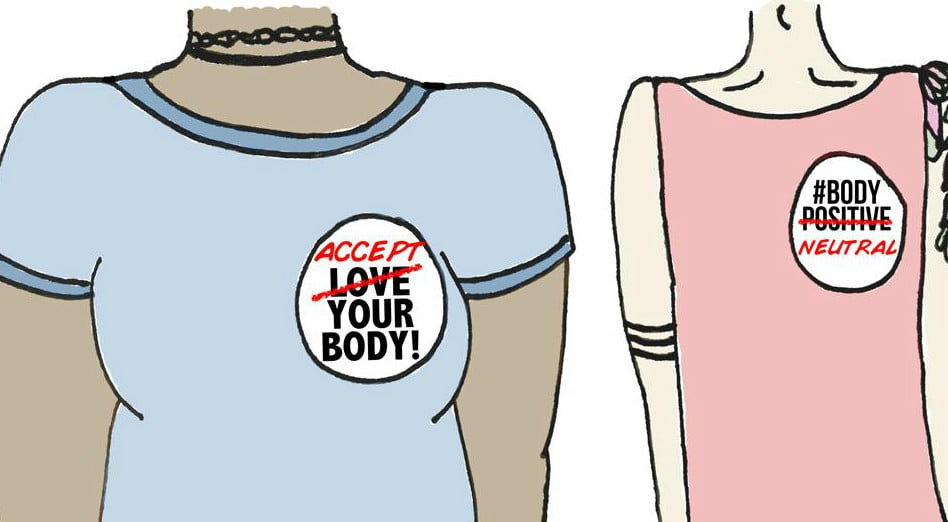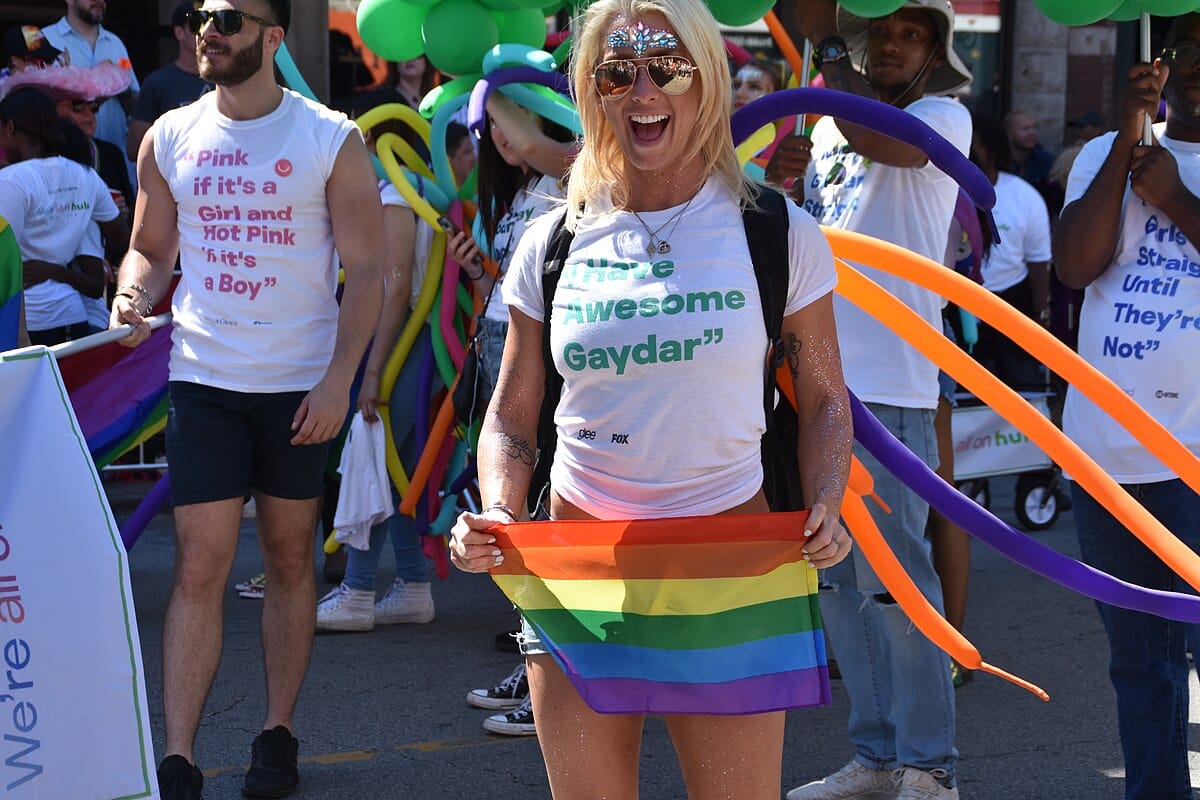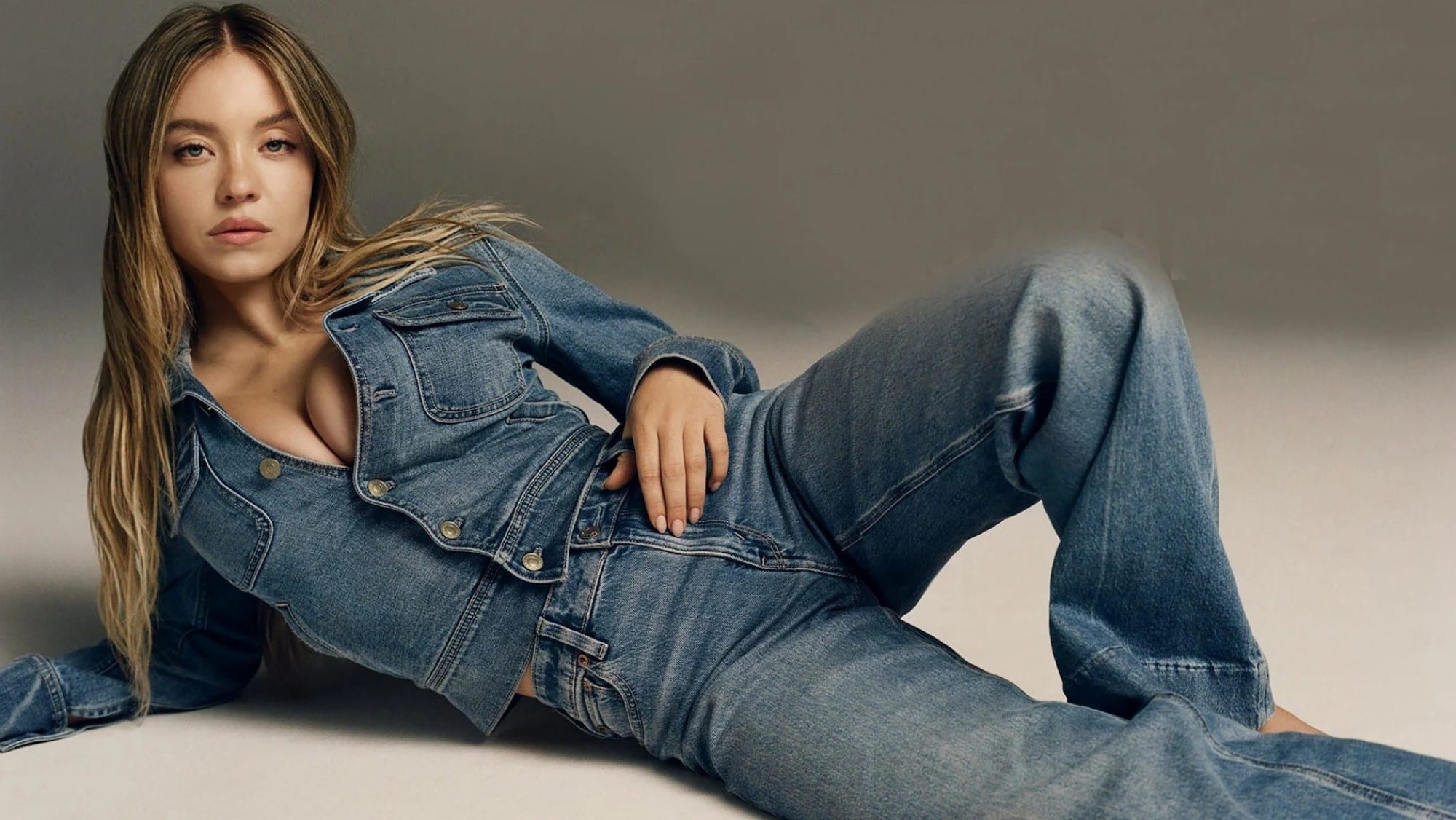Body neutrality is an emerging body image movement that aims at accepting your body, and focusing on what it is capable of, instead of appearance. Rather than focusing on loving how your body looks, it shifts the focus from the body altogether. Many people are seeing it as an alternative to body positivity.
This is not to deny that the body positivity movement has not achieved a lot. It created a space for people of all sizes, races and colour to feel seen and appreciated. But as it happens with social movements when they reach online platforms, body positivity has turned into something different altogether.
Stephanie Yeboah is one of the former followers of the body positive movement. “It (Body positivity) has become a buzzword, it has alienated the very people who created it. Now, in order to be body positive, you have to be acceptably fat–size 16 and under, or white or very pretty. It’s not a movement that I feel represents me anymore.” She told The Guardian.
Rather than focusing on loving how your body looks, it shifts the focus from the body altogether. Many people are seeing it as an alternative to body positivity.
She goes on to say, “Body neutrality, I think, has the power to be really useful in particular to people with disabilities, especially those with chronic pain or people with diagnoses that are progressive. Those people are pretty frustrated with the demand to love their bodies when they feel betrayed by them. Being neutral could feel like a relief.“
Canadian researcher Dr. Joanne Wood and her team at the University of Waterloo published a study in the Journal of Psychological Science. They conducted a study on two groups of people, those with high self-esteem and those with low self-esteem. They found that even though both the groups repeated positive self-statements, it only worked for people with already high self-esteem who believed those statements to be true, thus concluding, “Repeating positive self-statements may benefit certain people, but backfire for the very people who ‘need’ them the most.“
Thus, body neutrality gives an alternative for people who might not be ready for loving their bodies at first.
Also read: A Pro’s Guide On How To Fight Body Shaming
Beauty ideals affect different genders in different ways. While the statistics show that women are more affected, men are often imposed with different set of ideals. Body positivity has tried to shatter these ideals, but it has made transgender people feel left out. For example, affirmations like ‘Your body is already perfect‘ might not work for a transgender person, because they might see their body as misaligned with who they are. Body neutrality gives them a space to accept their body first, rather than telling them it’s beautiful or perfect.
When the Indian context is taken into consideration, where being ‘fair’ is almost an obsession, the situation becomes even more complex. When Fair and Lovely’s advertisement connected fairness with success, there was a huge outcry from people. As a result, some other companies changed their advertising strategies by including people of all skin tones into the advertisement, and campaigning for “freshness” rather than “fairness”. Honestly, not much has changed. It still remains a question why the way you look must determine every other aspect of your life? What is our preoccupation with appearance?
Beauty ideals affect different genders in different ways. While the statistics show that women are more affected, men are often imposed with different set of ideals. Body positivity has tried to shatter these ideals, but it has made transgender people feel left out.
Jessa Crispin, in her book Why I am Not a Feminist, says, “The only reasonable option, then, is to reject notions of beauty and ugliness altogether. Not to expand ideas of beauty, but to shut them down. To reject the labels. To reject the judgment.“
Simply expanding the idea of beauty doesn’t work because beauty industry is still using the same tactics to sell their products, just with a few different words and including actors with different skin tones and body types. They are still telling people what will make them beautiful and it will get them ahead in their lives.
It does not mean that people should stop wearing makeup or stop feeling good about their bodies. It’s a personal choice what you do with your body. But it’s also important to understand that it’s not the job of women or men to look beautiful. It’s what they should do (if they want to) for themselves, not under some set notions of the society.
Thus, body neutrality provides an alternative space for people who do not want to focus on how their bodies looks, or who can’t love their bodies just yet. It gives a space to transgender people, and people with disabilities, and also to people who don’t want to feel guilty for not loving their bodies every day.
Also read: Thoughts On The (Un)Contested Ownership Of My Body
Featured Image Source: The Pitt News
About the author(s)
Shravya Shruti is currently pursuing masters in English from Delhi University. She can be often found curled up with a good book, or trying to hide from people, or having an existential crisis. Sometimes all at once.




